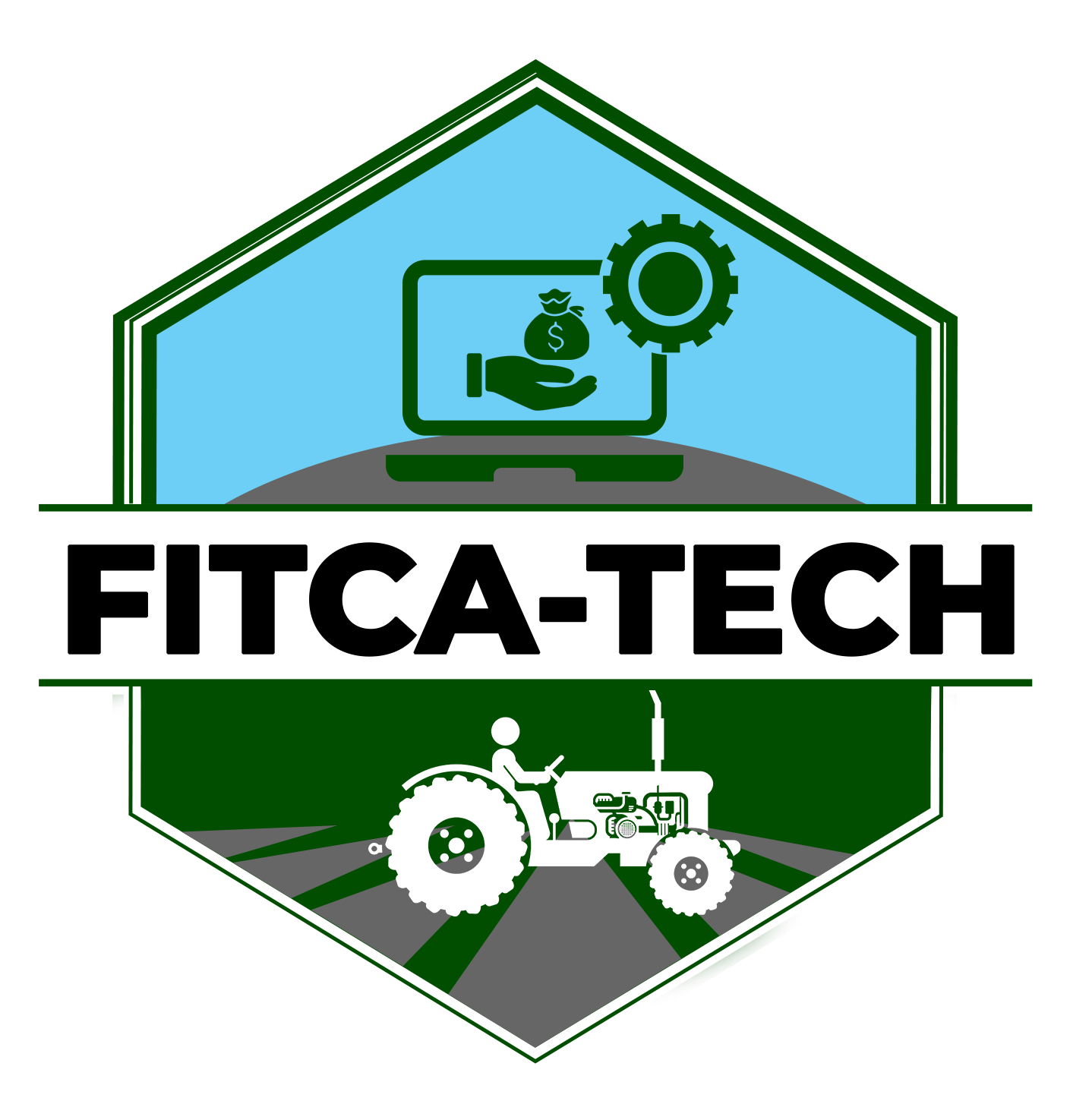Microcontrollers: A Beginner’s Guide to get started
A microcontroller is a « simple computer » that runs one program in a loop. Development boards are PCBs that contain a particular microcontroller IC and all of the supporting external circuitry to make the microcontroller easier to use for quick development and prototyping. how does a microcontroller work Motorola MC68HC805[6] was the first microcontroller to use EEPROM to store the firmware. The earliest microcontrollers used mask ROM to store firmware. Firmware updates were equivalent to replacing the microcontroller itself, thus many products were not upgradeable.
Architecture
However, some recent designs do include FPUs and DSP-optimized features. Microcontrollers may not implement an external address or data bus as they integrate RAM and non-volatile memory on the same chip as the CPU. Using fewer pins, the chip can be placed in a much smaller, cheaper package. Other versions may be available where the ROM is accessed as an external device rather than as internal memory, however these are becoming rare due to the widespread availability of cheap microcontroller programmers. The actual processor used to implement a microcontroller can vary widely.
Keeping Microcontrollers Organized
The most undesirable thing when working with microcontrollers is, they cannot withstand high voltages. The main disadvantage of the microcontroller https://traderoom.info/ is that the architecture is difficult to understand. The main advantage of the microcontroller is that the cost and size is less.
- Your laptop are multi-processor devices running a central processor, a graphics processor, sound processor, and perhaps others.
- This block diagram portrays the internal architecture of an 8051 microcontroller.
- We use them today because their low-powered and low memory makes them low-cost.
- The most undesirable thing when working with microcontrollers is, they cannot withstand high voltages.
- One of the big advantages of a microcontroller is that software — a small program you write and execute on the controller — can take the place of many gates.
- Microcontroller vendors often make tools freely available to make it easier to adopt their hardware.
The Economics of Microcontroller Development
Other programs live on external storage devices like disk drives, and are loaded by the BIOS. When you change a processor’s firmware, you need to stop the firmware from running, upload the new firmware, and reset the processor for the changes to take effect. Similarly, when you change a microcontroller’s program, you stop the program, upload the new one, and reset the microcontroller. Typically microcontroller programs must fit in the available on-chip memory, since it would be costly to provide a system with external, expandable memory.
Rather than an API, we operate them using pre-defined memory interfaces – when the CPU operates on specific addresses in the memory map, it is not simply writing data into memory, it is “flipping switches” on an interface to these peripherals. So, rather than making function calls to a library, our program reads and writes to specific (statically defined) bits in memory. [..] In the next few years, complex 32-bit MCUs are expected to account for over 25% of the processing power in vehicles. Microcontrollers provide multiple general purpose input output (GPIO) pins which can be configured as an input or output pin by writing to particular configuration registers.
By today’s standards, these CPUs are incredibly minimalistic; but they are extremely inexpensive when purchased in large quantities and can often meet the needs of a device’s designer with just one chip. A microcontroller uses enormous amount of logic gates to process data. These gates require some time to change their output state depending on their inputs, which is termed as propagation delay. So the interval between each clock pules should be greater than this propagation delay to make the logic circuit stable and reliable. So this determines the maximum operating speed of a microcontroller, which will vary across microcontrollers.
IDEs will also include a display to give you error messages about your code, and a monitor of some sort so that you can see what your code does when it’s running on the processor. A microcontroller is a small computer with low-memory and programmable input/output peripherals. Computers have microprocessors AND microcontrollers that work together to perform many tasks at once.
At that time Intel’s President, Luke J. Valenter, stated that the microcontroller was one of the most successful products in the company’s history, and he expanded the microcontroller division’s budget by over 25%. In many products, such as microwave ovens, the demand on the CPU is fairly low and price is an important consideration. In these cases, manufacturers turn to dedicated microcontroller chips — chips that were originally designed to be low-cost, small, low-power, embedded CPUs. The Motorola 6811 and Intel 8051 are both good examples of such chips. There is also a line of popular controllers called « PIC microcontrollers » created by a company called Microchip.
Thus everything is embedded into a single chip, by reducing the overall size very much. Most of the embedded systems that you’ll encounter out in the wild don’t have a keyboard or screen that you can directly interact with because they weren’t intended for human-to-computer interaction, only machine-to-machine interaction. Because of this, microcontrollers will have up to a dozen General Purpose Input/Output Pins, or GPIO, that can be configured for various input and output devices.
Development boards always have input/output pins to make adding sensors, displays, motors, and servos easy. Today, such devices play critical roles in almost all consumer electronic devices. You can find microcontrollers in nearly every home on the planet. We have become dependent on microcontrollers, yet surprisingly, only a few people really know what a microcontroller is. And its 16-bit timer provides a wide range of 0x0000 (0) to 0xFFFF (65535) which provides the most effective accuracy per cost for any application or project that requires Timer functions.
